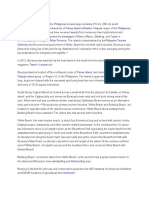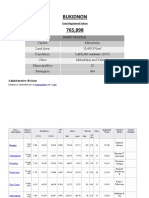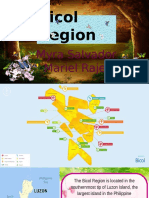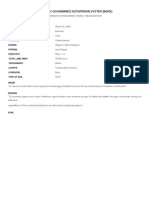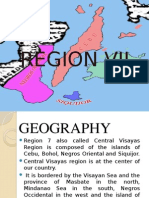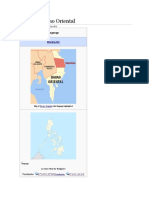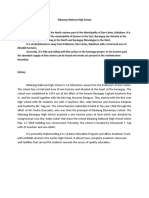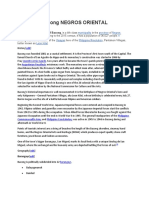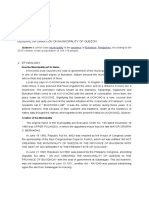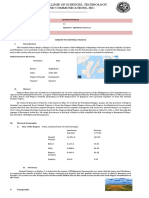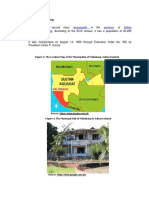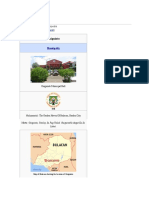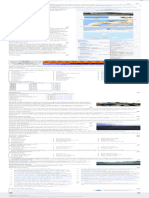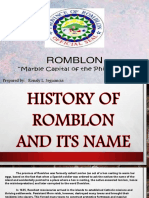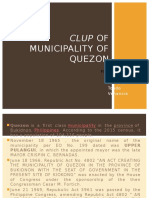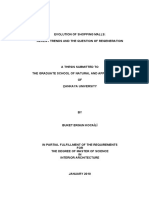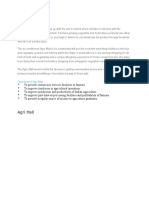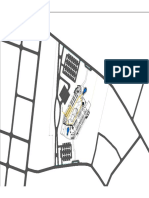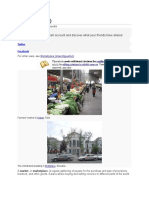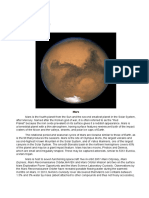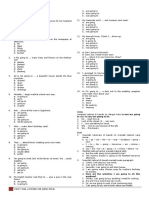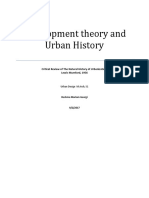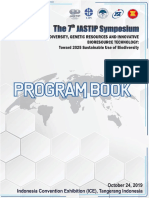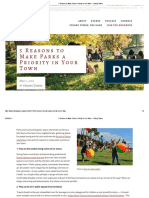0% found this document useful (0 votes)
231 views8 pagesDon Carlos2
Don Carlos is a municipality located in Bukidnon Province in the Philippines. It has a population of over 64,000 people and is known for its landmark Lake Pinamaloy. The terrain is generally flat with some mountainous areas in the east. Agriculture is the main economic driver, with rice, corn, sugarcane and cash crops being the primary agricultural products. Tourism is also an industry focused on developing attractions around Lake Pinamaloy and other natural scenic areas.
Uploaded by
Len Cen YnoCopyright
© © All Rights Reserved
We take content rights seriously. If you suspect this is your content, claim it here.
Available Formats
Download as DOCX, PDF, TXT or read online on Scribd
0% found this document useful (0 votes)
231 views8 pagesDon Carlos2
Don Carlos is a municipality located in Bukidnon Province in the Philippines. It has a population of over 64,000 people and is known for its landmark Lake Pinamaloy. The terrain is generally flat with some mountainous areas in the east. Agriculture is the main economic driver, with rice, corn, sugarcane and cash crops being the primary agricultural products. Tourism is also an industry focused on developing attractions around Lake Pinamaloy and other natural scenic areas.
Uploaded by
Len Cen YnoCopyright
© © All Rights Reserved
We take content rights seriously. If you suspect this is your content, claim it here.
Available Formats
Download as DOCX, PDF, TXT or read online on Scribd
/ 8

